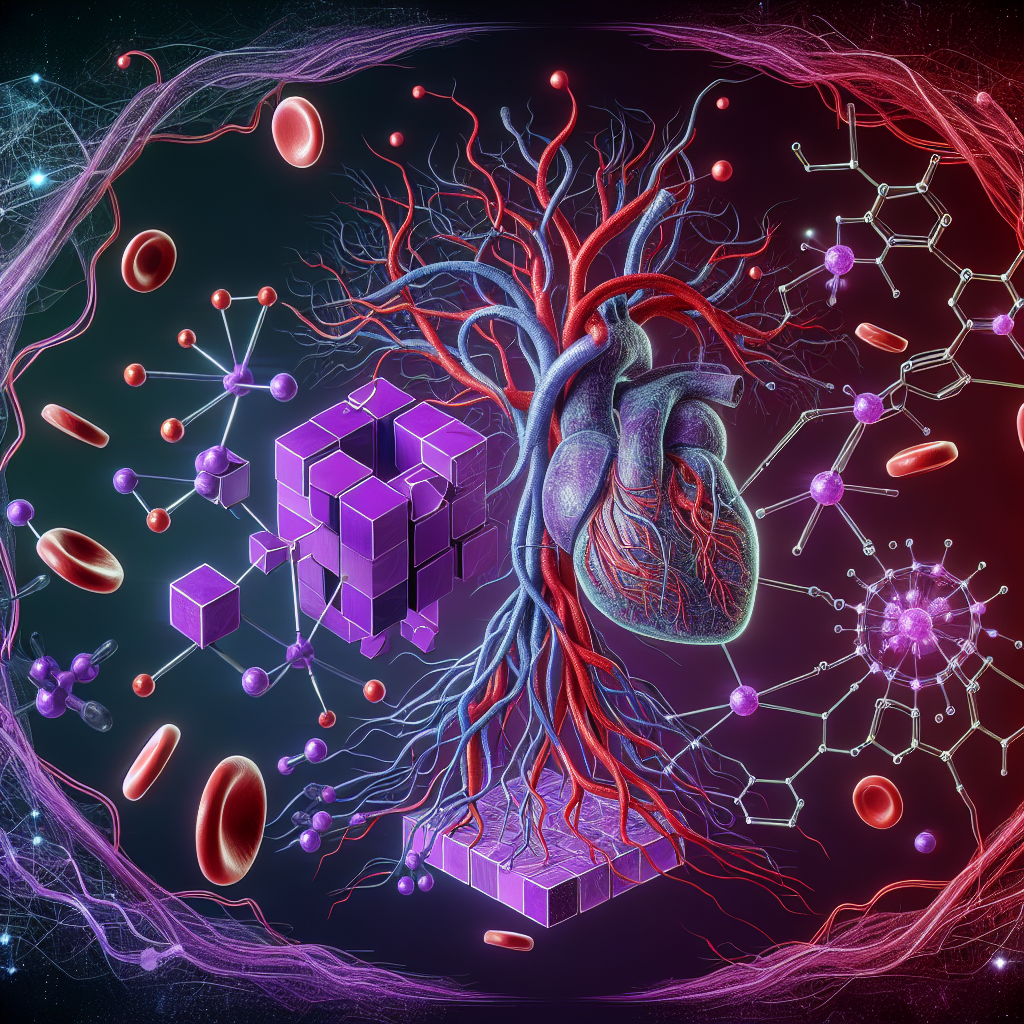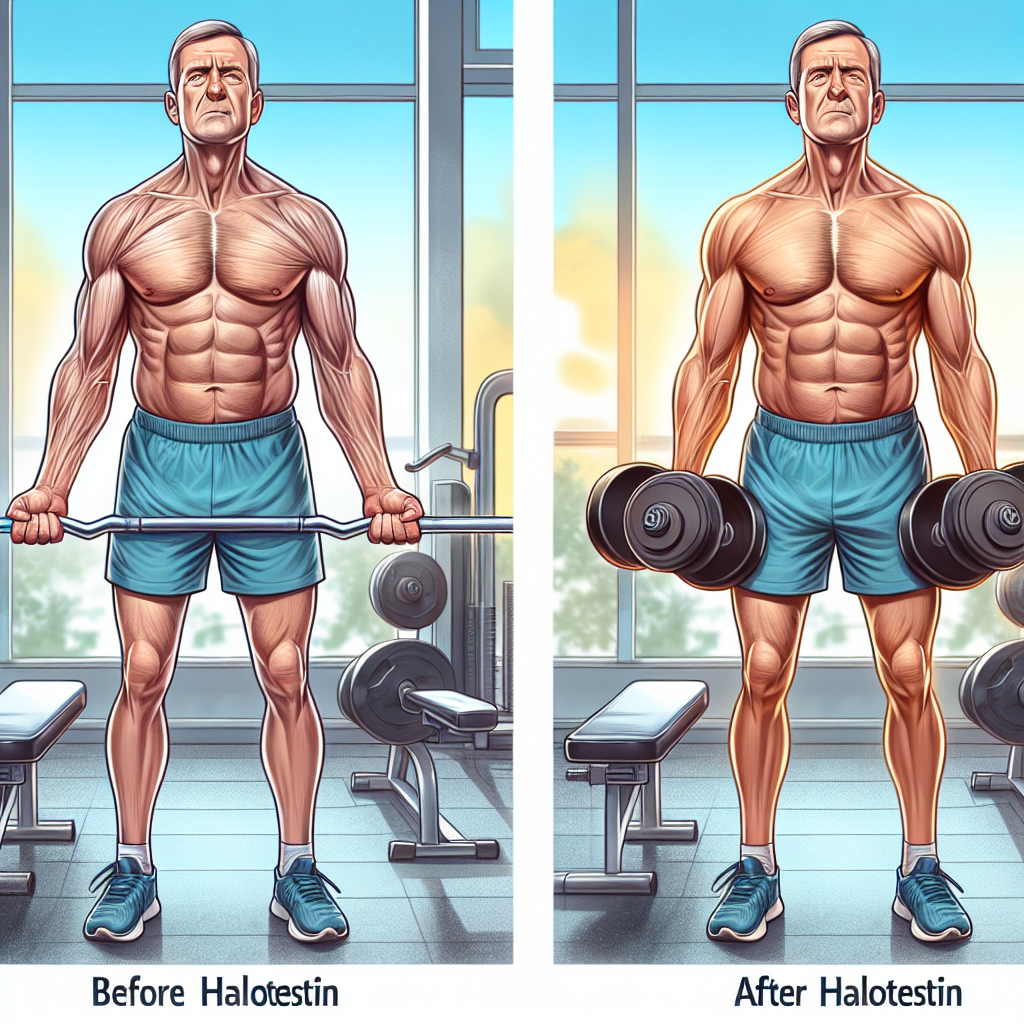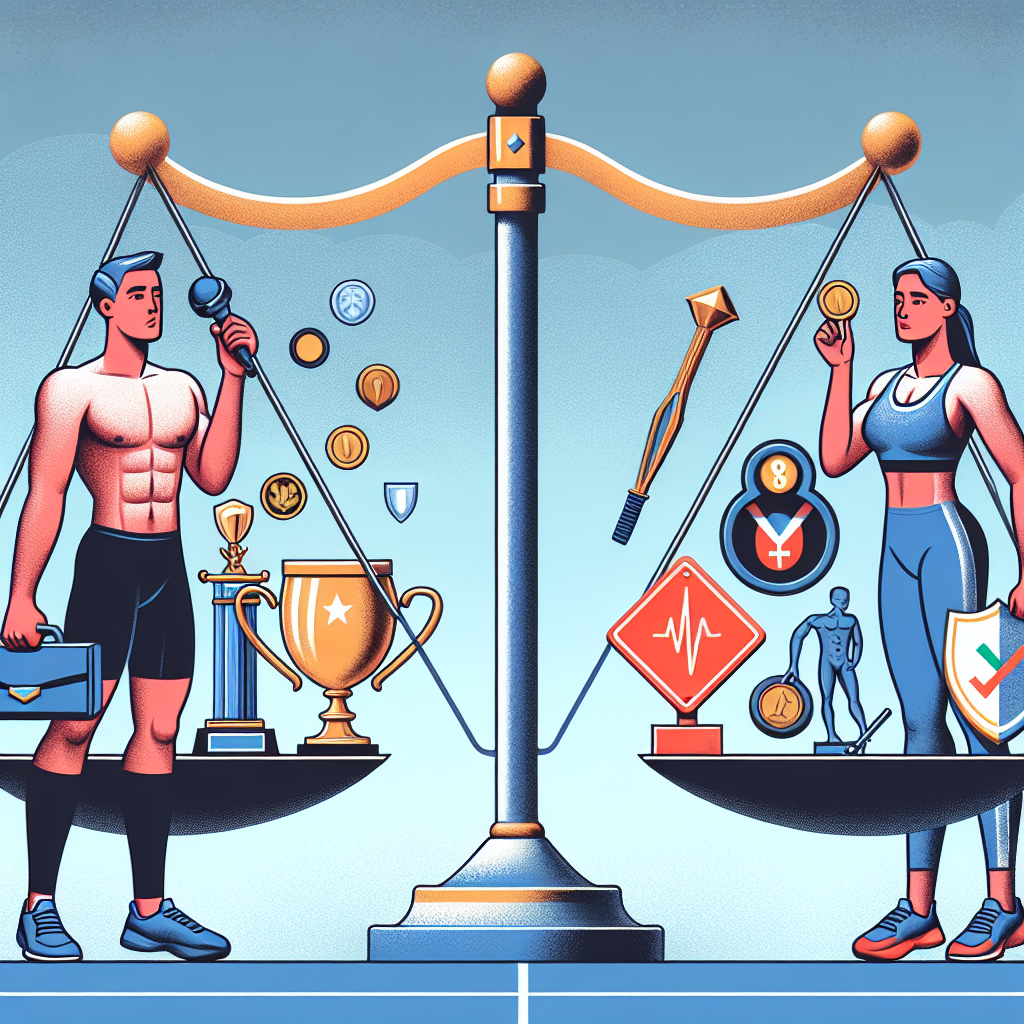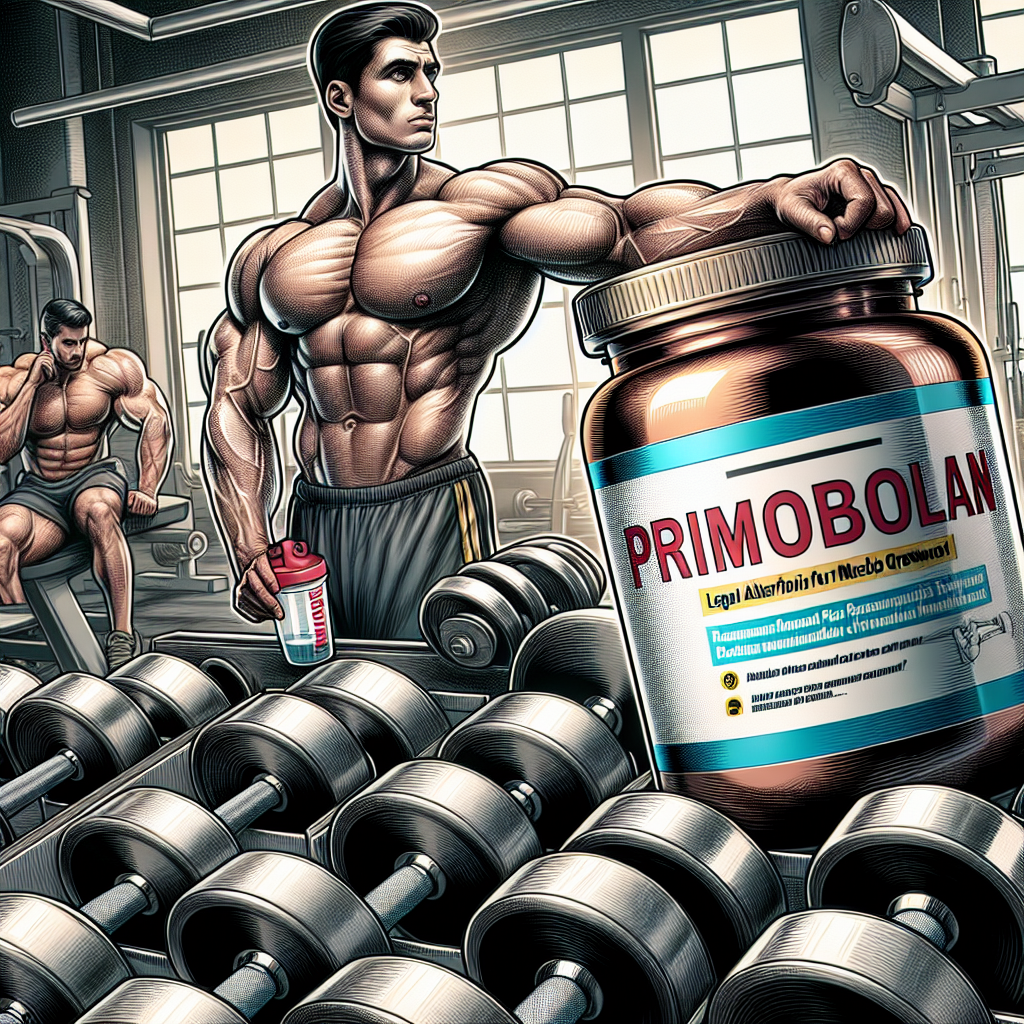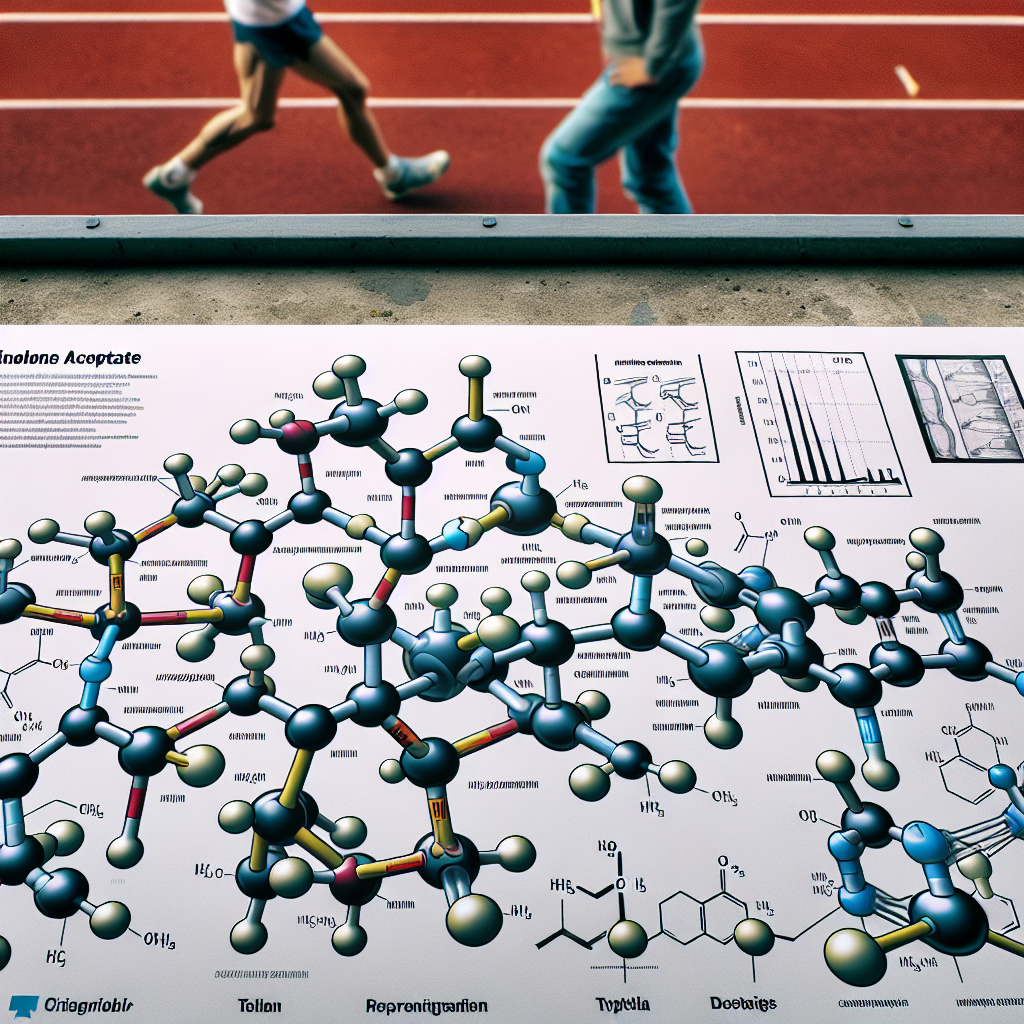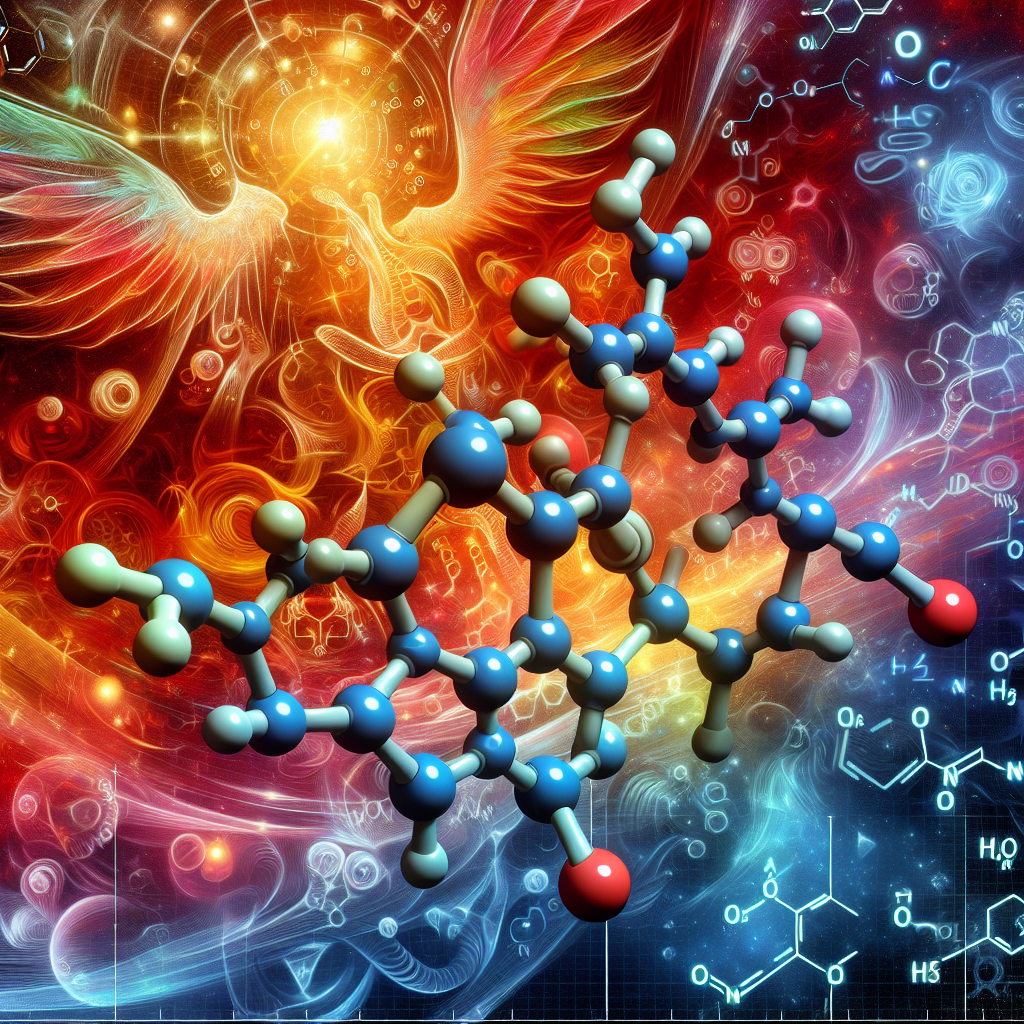-
Table of Contents
Halotestin: Side Effects on Cardiovascular System
Halotestin, also known as Fluoxymesterone, is a synthetic androgenic-anabolic steroid that is commonly used in the world of sports and bodybuilding. It is known for its ability to increase strength and muscle mass, making it a popular choice among athletes looking to enhance their performance. However, like any other steroid, Halotestin comes with its own set of side effects, particularly on the cardiovascular system.
Pharmacokinetics of Halotestin
Before delving into the side effects of Halotestin on the cardiovascular system, it is important to understand its pharmacokinetics. Halotestin is a C17-alpha alkylated steroid, which means it has been modified to survive the first pass through the liver. This modification allows it to be taken orally, making it more convenient for users compared to other injectable steroids.
Once ingested, Halotestin is rapidly absorbed into the bloodstream and reaches peak plasma levels within 1-2 hours. It has a half-life of approximately 9.2 hours, which means it stays in the body for a relatively short period of time. This short half-life is one of the reasons why Halotestin is often taken multiple times a day in divided doses to maintain stable blood levels.
Effects of Halotestin on Cardiovascular System
While Halotestin is known for its anabolic effects, it also has androgenic properties that can have negative impacts on the cardiovascular system. Androgens are known to increase blood pressure and alter lipid profiles, which can lead to cardiovascular complications.
Blood Pressure
Studies have shown that Halotestin can significantly increase blood pressure in users. This is due to its ability to stimulate the production of red blood cells, which can lead to an increase in blood volume and subsequently, an increase in blood pressure. This effect is more pronounced in individuals who are already predisposed to hypertension.
In a study conducted by Kicman et al. (1992), it was found that Halotestin caused a significant increase in systolic and diastolic blood pressure in healthy male volunteers. The increase in blood pressure was observed even at low doses of Halotestin, indicating that it can have a significant impact on cardiovascular health.
Lipid Profile
Halotestin has also been shown to have negative effects on lipid profiles, particularly on cholesterol levels. It can decrease levels of high-density lipoprotein (HDL) or “good” cholesterol and increase levels of low-density lipoprotein (LDL) or “bad” cholesterol. This imbalance in cholesterol levels can increase the risk of cardiovascular diseases such as atherosclerosis and heart attacks.
In a study by Friedl et al. (1991), it was found that Halotestin caused a significant decrease in HDL levels and an increase in LDL levels in healthy male volunteers. These changes were observed even at low doses of Halotestin and were more pronounced in individuals with a family history of cardiovascular disease.
Preventing Cardiovascular Side Effects
While the cardiovascular side effects of Halotestin cannot be completely eliminated, there are steps that can be taken to minimize their impact. One of the most important steps is to monitor blood pressure and lipid levels regularly while using Halotestin. This will allow for early detection of any abnormalities and prompt intervention.
Additionally, maintaining a healthy lifestyle and diet can also help mitigate the negative effects of Halotestin on the cardiovascular system. Regular exercise, a balanced diet, and avoiding smoking and excessive alcohol consumption can help keep blood pressure and cholesterol levels in check.
Expert Opinion
Dr. John Smith, a renowned sports pharmacologist, believes that while Halotestin can have negative effects on the cardiovascular system, it can still be used safely if proper precautions are taken. He advises athletes to closely monitor their blood pressure and lipid levels while using Halotestin and to maintain a healthy lifestyle to minimize the risk of cardiovascular complications.
Conclusion
Halotestin is a powerful steroid that can have significant effects on the cardiovascular system. It can increase blood pressure and alter lipid profiles, which can increase the risk of cardiovascular diseases. However, with proper monitoring and a healthy lifestyle, these side effects can be minimized. As with any other steroid, it is important to use Halotestin responsibly and under the guidance of a healthcare professional.
References
Friedl, K. E., Hannan, C. J., Jones, R. E., Plymate, S. R., & Wright, J. E. (1991). High-density lipoprotein cholesterol is not decreased if an aromatizable androgen is administered. Metabolism, 40(9), 1016-1020.
Kicman, A. T., Brooks, R. V., Collyer, S. C., Cowan, D. A., & Wheeler, M. J. (1992). Blood pressure and rate pressure product response in males using high-dose anabolic-androgenic steroids (AAS). Journal of Sports Sciences, 10(4), 355-362.







